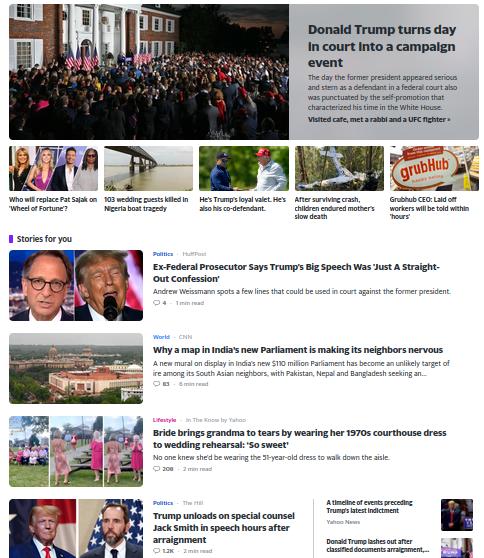When pondering the question "What is a human?", post-humanists argue that drawing rigid boundaries in defining humanity inevitably leads to overlooking individuals who deserve recognition. Instead, they propose viewing the lines between human and personhood as blurry and indefinite. While the grand issue of AI personhood may not be at the forefront, we are experiencing a "practice round" of this dilemma through the detection of AI generative models.
Enter AI detectors, specifically designed to discern whether a given piece of content was crafted by humans or AI. By and large, these detectors boast impressive accuracy. In the realm of text-based detectors, some companies claim up to a staggering 99% precision. At first glance, this sounds like a triumph. But let's consider the scale of the matter. Think about the countless articles and images we skim through in a single week. Multiply that by 52, and suddenly, the potential for accidentally blocking genuine human work or misclassifying AI-generated content becomes evident.

Furthermore, to the best of my knowledge, accuracy ratings do not account for those who purposely try to outsmart the detectors. As an experiment, I created an AI-generated image and ran it through four different detectors. Initially, most detectors had no trouble identifying it as AI-created. However, with a few tweaks and filters, all but one detector fell for the trick and deemed it human-made. You might exclaim, "Ah, but one detector still caught you!" Indeed, that's true. However, I took it a step further and tested that detector with an actual photograph of a person. Well, it turns out my friend had unknowingly been an AI construct all along! In a similar vein, it seems that more and more articles surface each day recounting incidents of students wrongly accused of AI plagiarism. Such a mistake can lead to a stressful hearing, or worse, expulsion.
Now, let me introduce you to my personal favorite detector—crafted by IvyPanda. Instead of categorizing writing as either AI or human-generated, this detector highlights words based on their probability of being associated with AI word frequency. It combines the strengths of human and computer capabilities, offering teachers and evaluators a probabilistic approach rather than a simple AI-written/human-written binary. However, it still wrestles with the aforementioned issues faced by other detectors. Also I don't know how easy it would be to apply this schema towards image generation. On the other hand it provides a clearer platform for teachers and evaluators to apply their own intuition.

In the long run, I believe this approach will no longer suffice. Generative models will continue to improve, and the abundance of unique datasets will eventually render detection efforts futile. The true solution lies not in technical advancements, but in societal changes. Reflecting upon Critical Post-Humanism, we can already witness the blurring of these lines. Someday, after the last AI dectector has been bested, we will look at all of the images and text and just see art. The AI artist will be human and human art will be created by an AI; The painter the brush and the brush the painter. And tt will be a harmonious fusion that transcends the boundaries we once held so firmly.
- Intern K